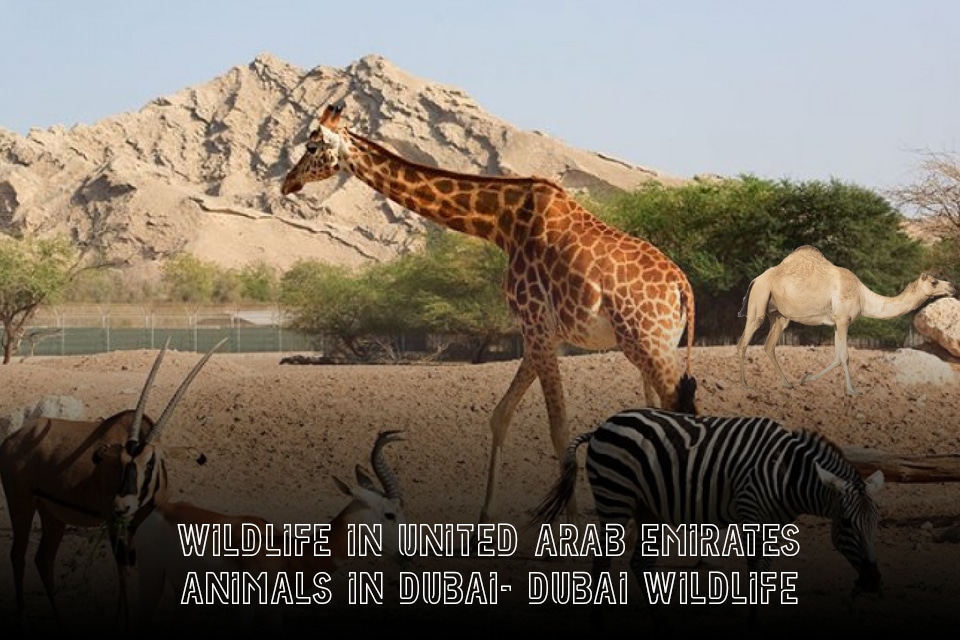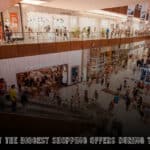Dubai Wilderness isn’t always the best worldwide monetary hub but it has a shocking kind of flora and fauna. Read all About Animals in Dubai in this article.
Its various topography, encompassing the whole thing from coastal plains along the Arabian Gulf to rugged mountain areas in Hatta, affords precise habitats for a large number of creatures.
While iconic Animals in Dubai like camels and falcons are normally found, Dubai’s flora and fauna aren’t confined to the apparent.
It includes an elusive population consisting of the Arabian leopard, sand cats, and Arabian wolves, every adapting uniquely to the wilderness environment.
Dubai boasts conservation regions devoted to keeping this outstanding wildlife.
Found Animals in Dubai- Categorized by Habitat
Desert Habitats:
Arabian Oryx: The national animal of the UAE this antelope is, nicely tailored to wilderness existence and can also thrive in temperate grasslands.
Arabian Sand Gazelle: Inhabiting coastal and desolate tract areas those gazelles have been, efficiently reintroduced to the wild through conservation efforts.
Rocky Areas:
Arabian Leopard: Extraordinarily rare, with an envisioned population of around 250, these elusive leopards live in coastal mountain degrees and hilly steppes.
Sand Cat: These nocturnal predators pick rocky or wasteland environments and feed on lizards, snakes, and small rodents.
Desert and Woody Areas:
Arabian Wolf: Once widespread at some point in the Arabian Peninsula, these wolves now only exist in flora and fauna facilities due to overhunting.
Spiny-Tailed Lizard: Those lizards stay everywhere in the UAE, they prefer areas with gravel, and they burrow into dunes for safety.
Birds:
Flamingo: located in coastal areas and wetlands, especially in the Ras Al Khor Natural World Sanctuary, flamingos are, recognized for their wonderful feeding behavior.
Desert Eagle Owl: These owls inhabit desolate tract regions and wooded regions, frequently making nests on cliffs and looking for bugs, birds, reptiles, and more.
Also go through: Glamping Spots of UAE
Falcon: Fundamental to UAE culture, falcons are used in the conventional practice of falconry and may be, found in the course of the Arabian Peninsula.
Domesticated Animals:
Camel (Dromedary): Domesticated and well-adapted to the barren region, camels can cross without food and water for prolonged durations and are, normally discovered throughout the vicinity.:
Marine life:
Arabian Gulf Species: Dubai’s coast alongside the Arabian Gulf is domestic to various marine lifestyles, consisting of fish like hammer and kingfish, in addition to species like dolphins and sea turtles.
Urban and Home regions:
Street Cats and Dogs: Like in many city areas, you’ll discover avenue cats and dogs in Dubai. A few are, cared for using groups or Animals in Dubai welfare agencies.
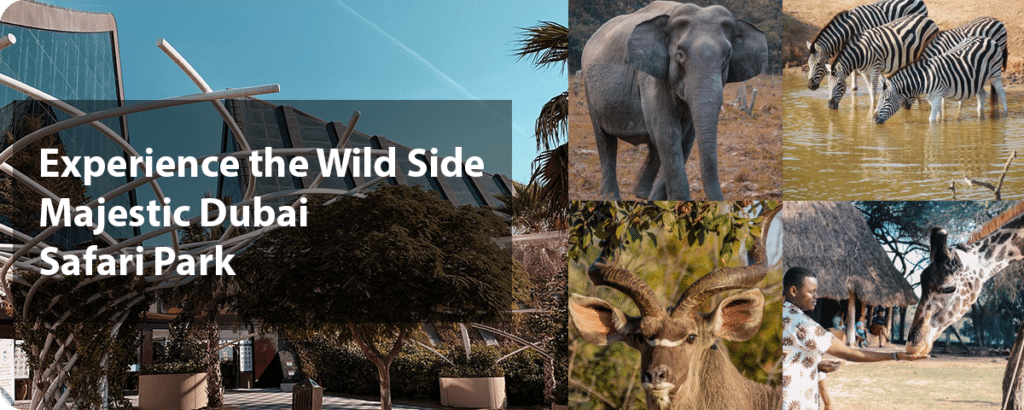
Conservation Areas:
Houbara Bustard: included in conservation areas, this hen species migrates through Dubai and is a subject of global conservation efforts.
Reptiles:
Arabian Cobra: A venomous snake species found in arid regions of the UAE, consisting of Dubai. They’re generally shy and elusive.
Amphibians:
Arabian Toad: These toads are adapted to arid environments and may be discovered within the UAE, inclusive of Dubai, all through the wet season.
Freshwater Habitats:
Fish in Ponds: Inside the oasis areas of Dubai, you can find diverse fish species in ponds and man-made water capabilities.
Those Animals in Dubai represent a huge variety of species located in Dubai’s diverse ecosystems, from its coastline and urban regions to conservation zones and unique environments.
Animals in Dubai- Preservation Efforts
In recent years, Dubai has made full-size strides in its conservation efforts and the safety of its various flora and fauna.
This has been accomplished through the collaborative work of government projects and energetic involvement from neighborhood groups. Here’s a breakdown of Dubai’s conservation and protection measures:
Protected Areas:
Dubai is domestic to numerous dedicated conservation areas and natural world reserves, along with the Dubai Desert Conservation Reserve (DDCR) and the Al Marmoom Desert Conservation Reserve.
Those areas serve as vital sanctuaries for indigenous species, specifically herbivores just like the Arabian Oryx and Arabian Sand Gazelle.
Species-Specific Projects:
The UAE’s conservation efforts have been extensively directed toward keeping unique endangered species. For instance, the Arabian Leopard has obtained unique attention and is now under strict protection.
Captive breeding applications have been initiated to reinforce their populace.
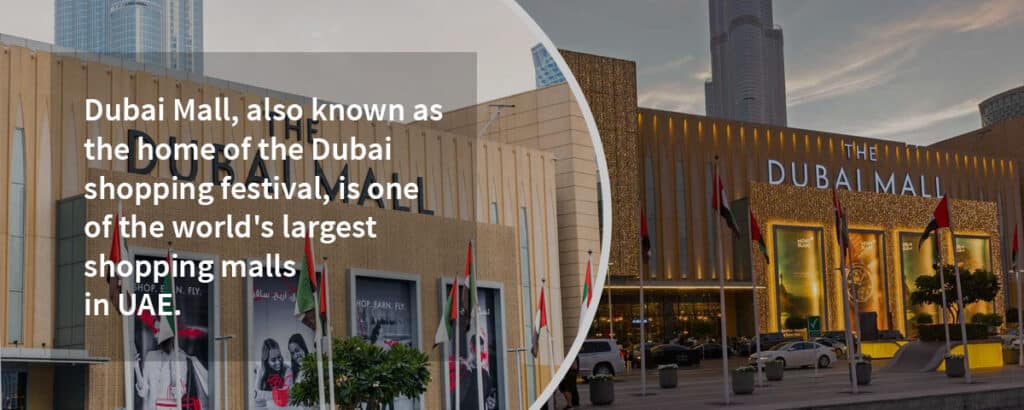
Legal Framework:
Dubai’s dedication to flora and fauna conservation is subsidized by strong criminal frameworks and regulations. Legal guidelines and guidelines strictly limit the looking and alternate of covered species.
Violators can face extreme consequences, which include imprisonment and hefty fines.
Reforestation Initiatives:
Dubai has additionally carried out reforestation and habitat restoration tasks to create an extra hospitable environment for flora and fauna. Planting native vegetation helps provide food and a haven for indigenous species.
Education and Awareness:
The authorities of Dubai have recognized the significance of public training in natural world conservation. Awareness campaigns and educational applications tell citizens and visitors about the significance of keeping the local flora and fauna.
Eco-Tourism and Responsible Tourism:
Dubai promotes eco-tourism, encouraging traffic(e scooters) to explore its herbal beauty whilst respecting the surroundings. Accountable tourism practices assist in defending habitats and minimize the effect on the natural world.
Local Community Involvement:
Neighbourhood communities play an important position in conservation. They often act because the eyes and ears of the authorities, reporting unlawful activities and poaching. Community engagement fosters a feeling of duty for the neighbourhood environment.
Partnerships and Global Collaboration:
Dubai’s commitment to conservation extends beyond its borders. The town participates in international agreements and collaborations to make contributions to the global attempt to defend biodiversity and endangered species.
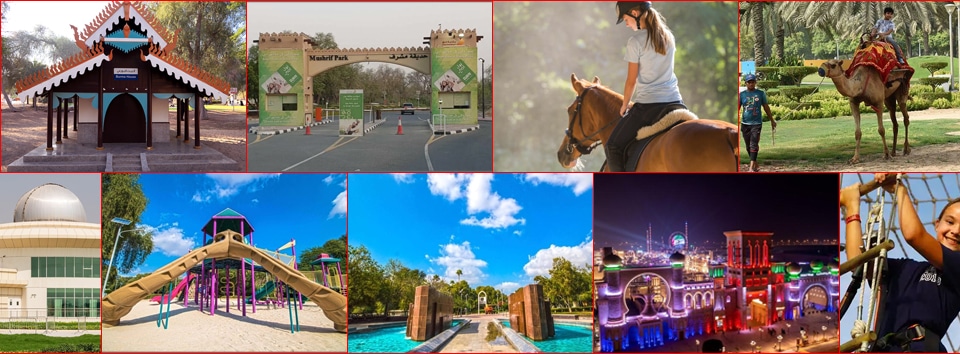
FAQ’S
Whilst it is pretty uncommon to identify wild Arabian leopards in Dubai because of their dwindling population, conservation efforts within the place goal to defend and maintain this endangered species.
To grow your possibilities of seeing them, remember that visitors visit conservation regions and natural world facilities that take part in breeding and protection applications.
Yes, travelers can have a look at flamingos in Dubai. These sleek birds often live in nature preserves like the Ras Al Khor Wildlife Sanctuary, in which they enjoy included environments.
It is an extraordinary possibility to witness their particular feeding behavior,
which entails filtering mollusks, shrimp, and small organisms from muddy water and the usage of their exclusive bills.
Sand cats, regarded for their nocturnal searching talents, opt for rocky or desolate tract environments with huge landscapes and natural vegetation. However, they adapt to various terrains and might live in areas with sparse flowers.
Sand cats often hunt at night time to keep away from the extreme sunlight hours heat.
Falcons preserve giant cultural importance within the UAE. For hundreds of years, they’ve been used within the traditional exercise of falconry, a watching technique.
Falcons are pretty trained and might capture prey, ensuring it’s still alive whilst its throat is cut by Islamic-looking principles. Falcons signify the rich historical past and close dating between human beings and the natural world within the area.
Conclusion
Dubai’s specific natural world mirrors the city’s ability to coexist with nature in the heart of a wilderness. Conservation efforts, alongside strict natural world protection laws, aim to keep these fascinating creatures.
If you’re a nature fanatic visiting Dubai, do not forget lodging options that provide proximity to these first-rate natural world habitats.
Whether you are seeking the elusive Arabian leopard or the serene Arabian oryx, Dubai gives a threat to connect with the desert’s charming biodiversity.
